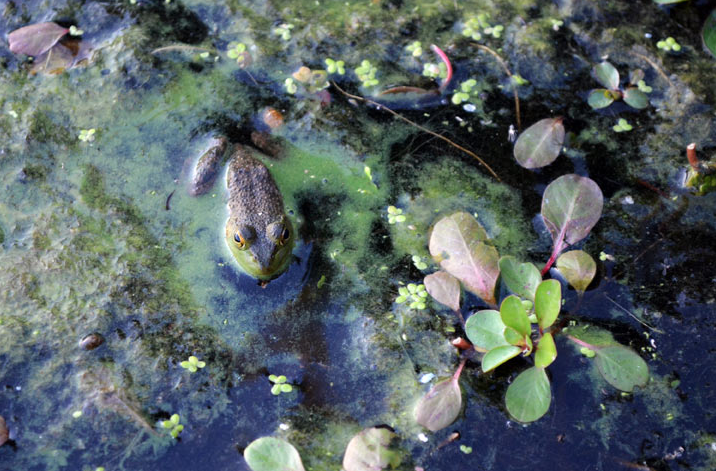Smoke test finds cracks in Campus Lake pipes
September 30, 2015
After multiple tests, results indicate a need for further testing to determine the source of toxins contaminating Campus Lake.
So far, the university has performed several tests — with no definitive answer — to confirm the presence of sewage in the water.
Phil Gatton, director of Plant and Service Operations, said the investigation occurred in three parts: visual inspection, dye testing and smoke testing.
Advertisement
To perform smoke tests, pipe lines near the lake were pressurized and injected with smoke. Escaping smoke would indicate cracks, breaks or joints not sealed tightly.
Gatton said smoke did leak from some pipes, but did not indicate a main problem area. He said further investigation on those pipes is underway.
Brad Dillard, associate director of Plant and Service Operations, said his department is working to determine a source.
“We’ve got a number of people convinced that we’ve got some type of sanitary infiltration into the lake,” Dillard said. “We’re as interested as they are in trying to find that.”
The visual inspection consisted of looking at areas that took longer to freeze during the winter, which would indicate the presence of raw sewage. The test did not produce a visible source.
After the visual test, colored dye was put into the sanitary and sewage lines as well as the toilets and basement drain lines in Thompson Point buildings. Dye in the lake would indicate a leak, but no dye was found.
Gatton said concerns being investigated include cross contamination — when a storm pipe is mistakenly connected to a sewage line — and pipe deterioration.
Advertisement*
“[The pipes] should last 30 years,” Gatton said. “Now we’re at 60 years, so it’s probably getting to the point where [the pipes are] reaching an age where [they’re] going to have some maintenance issues.”
Dillard said the smoke testing cost nearly $20,000, which was split between SIU Housing and Physical Plant.
Levels of nitrogen and phosphate have increased in the lake because of the presence of sewage, according to Professor Emeritus Daniel Nickrent.
James Garvey, vice chancellor of research, said there have been elevated levels of nutrients in Campus Lake for the past 15 years. Because of this increase, the lake has experienced high levels of cyanobacteria, also known as blue-green algae. Health risks affiliated with the bacterium have caused Campus Lake to remain closed.
“The question is, ‘Where are the nutrients coming from?’ There seem to be some differences in opinion on how that’s happening,” said Matt Whiles, a professor in the zoology department.
Additional methods are the next step to inspect the pipes. The university will partner with RJN Group Inc., a professional engineering and specialty field services firm, to run cameras through the pipes. RJN also conducted the smoke tests.
Dillard said they hope to have the camera surveying completed within the next month and are curious about the results.
“It’s such a slow process trying to find [a problem area] and pinpointing it is very difficult. But between the smoke, dye and camera, we’re hoping to track something down and find something here,” Dillard said.
Additional signage, which now includes the scientific name for the bacterium as well as website link, has been posted around Campus Lake.
“I am very concerned because I feel like Campus Lake can really be a centerpiece of our campus and a recruiting tool and right now, unfortunately, it’s not there,” Whiles said. “I think this needs to be highest priority of SIU Carbondale to fix the problem.”
Anna Spoerre can be reached at [email protected] or on Twitter @ASpoerre_DE
Advertisement









